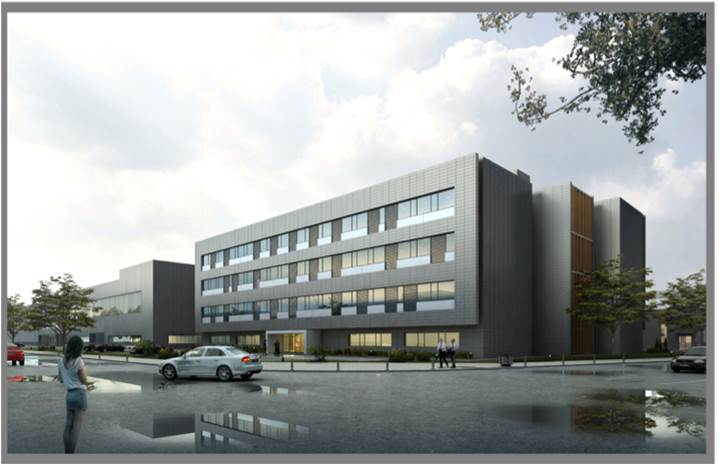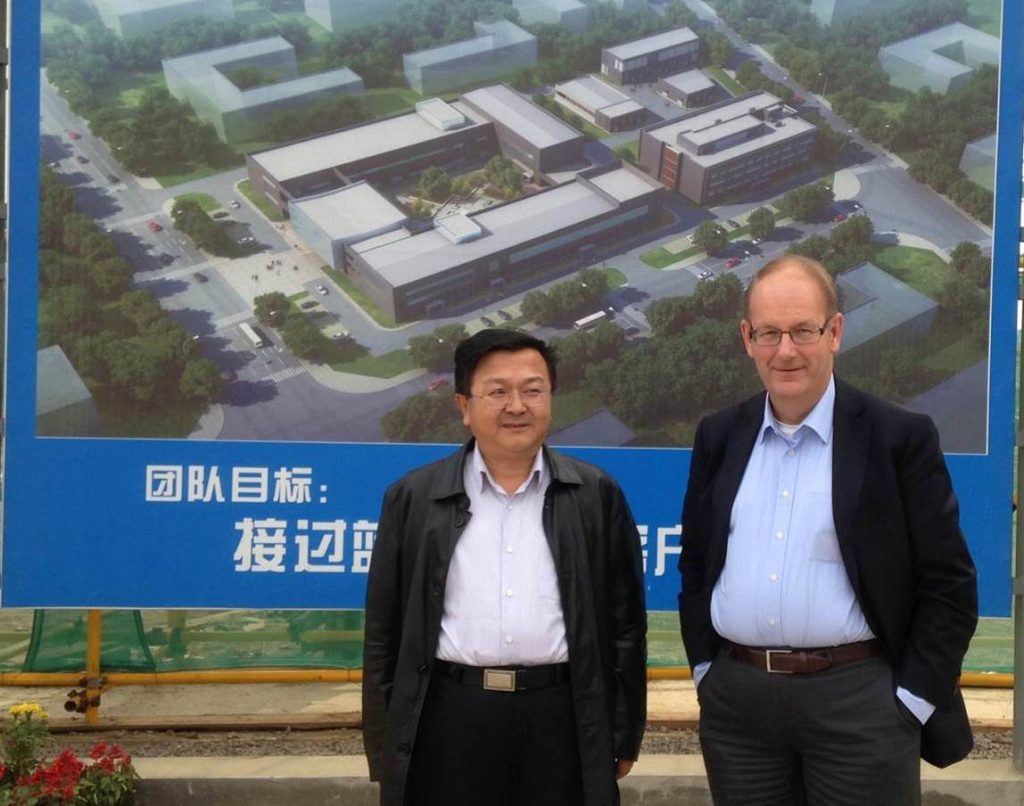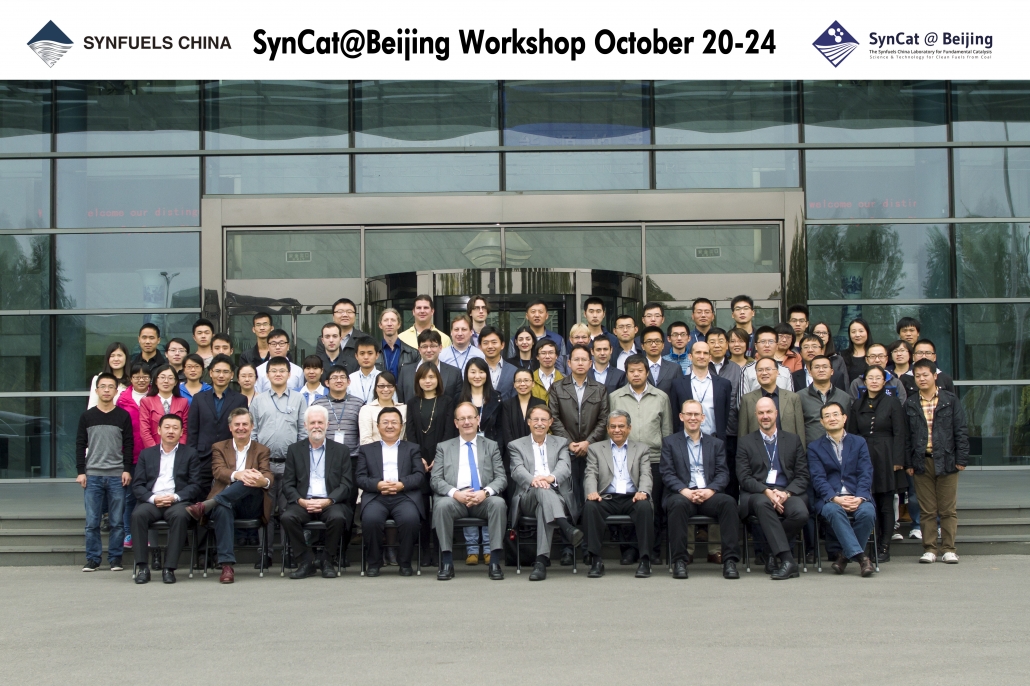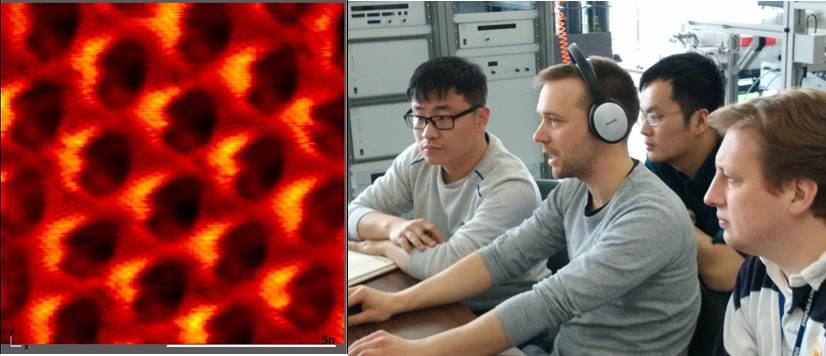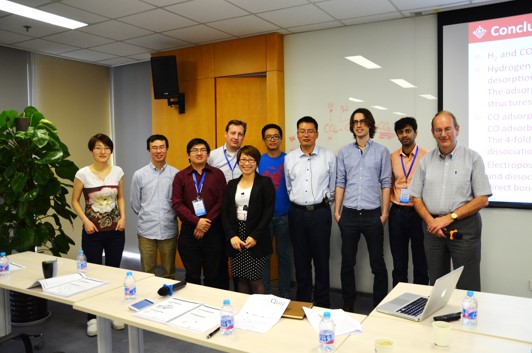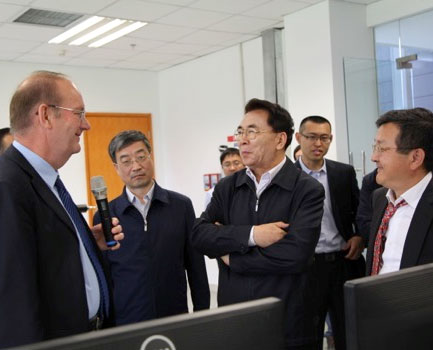Our timeline
April 2012
Prof Yong-wang Li, Founder of Synfuels China, and Prof. Hans Niemantsverdriet meet each other at the Syngas Convention in Cape Town, South Africa. They conceive the idea to build a reasearch lab for catalysis and surface science in Huiarou near Beijing, aiming to take the lead in fundamental research on Fischer-Tropsch synthesis, later on to be called SynCat@Beijing..
Following up on the development of its research philosophy in 2012, plans for a building with state-of-the-art equipment in surface science and catalysis research are worked out with the aim to provide an excellent breeding ground for scientific talent and synergetic collaboration.
May 2013
Supported by Synfuels China, Prof Niemantsverdriet founds the company Syngaschem BV in Nuenen, The Netherlands. One of its most important tasks is to recruit international talents for SynCat@Beijing. In addition, Syngaschem coordinates research projects in collaboration with high-level university groups complementary to or in preparation of future research in China.
The first project of this kind starts in August 2013 at Aarhus University, Denmark (Prof. Lauritsen’s group).
September 2013
Synfuels China orders the start of construction works for the SynCat@Beijing building. Its location is planned to be in vicinity to new applied laboratory, which is aimed to improve Synfuels China’s technology, while SynCat@Beijing itself is focused to generate open access knowledge.
November 2013
Syngaschem BV and Synfuels China organize a joint workshop in Eindhoven and Nuenen. It incorporates a recruitment event hosting eleven candidates.
January 2014
The new laboratory is branded as SynCat@Beijing.
May 2014
Syngaschem BV and Synfuels China organize a second workshop in Eindhoven and Nuenen. It brings recruited scientists together with the advisory board of Syngaschem BV to enable a brainstorm on its future research.
August 2014
The first group of recruited research scientists receive a scientific leadership training session by Jan Karel Felderhof. Other groups follow in September and October.
September 2014
Syngaschem BV scientist Dr. G.J.A. Mannie publishes the first major article in ACS Catalysis on iron carbide model systems.
October 2014
Synfuels China and Syngaschem BV organize the third SynCat@Beijing workshop in Huairou. It hosts high level speakers such as Profs Bowker, Claeys, Datye, Lauritsen, Jiao, and Rostrup-Nielsen. With the Syncat@Beijing building almost delivered, future SynCat@Beijing scientists brainstorm on the lab to be organized.
January 2015
With the lab building delivered, research staff begins to move to Huairou. Apart from that the process starts of installing major surface science equipment and building up the lab.
August 2015
The Lab is connected to Huairou’s electricity grid. Heavy power is now permanently available to run the equipment. A majority of the research staff has moved to Huairou and taken up activities.
October 2015
The first Syncat Academy Catalysis School is organised at SynCat@Beijing adressing “The Fundamentals of Surface Science for Catalysis”. At the same time, SynCat Academy also launches an informative website on its Scientific Leadership training program. Soon thereafter, the period moving research staff from Europe to Huairou is concluded.
February 2016
The installation of Lab’s ventilation system is completed. Activites, that need gas supply, are enhanced.
May 2016
The second SynCat Ac@demy Catalysis School is organised at SynCat@Beijing addressing catalysis characterization techniques. Unlike the First School, were lectures were given by international experts, researchers from SynCat@Beijing now present there own lectures.
July 2016
SynCat@Beijing runs a one day scientific symposium with several internationally renowned speakers.
March 2017
The SynCat Ac@demy organizes the third school on the principles of catalysis
May 2017
The Chinese Academy of Sciences visits Synfuels China and SynCat@Beijing. President Chunli Bai is accompanied by a some 20 delegates.
September 2017
As the first staff contracts are about to expire, and some staff will logically choose to continue their career elsewhere, SynCat@Beijing announces new positions in the SynCat Postdoctoral Fellowship scheme. Later this program will be extended to Visiting Scholarships at all levels.
First benchmarking of the new Spec’s STM system in Huairou (February 2015)
Lecturers of the 2nd Syncat Ac@demy Catalysis School (May 10, 2016)
2018-2023
SynCat@Beijing laboratory has settled in a steady mode of operation in which staff members and their students work on fundamental research projects, either by themselves, or in collaboration with Synfuels China research staff, the Institute of Coal Chemistry in Taiyuan, the sister laboratory SynCat@DIFFER in Eindhoven or with universities in China and abroad. Scientists of the early days found attractive positions elsewhere and often continue to frequent SynCat@Beijing and use the facilities, such as the transmission electron microscope, and the particularly well-equipped photocatalysis laboratory. Publications appear in high-quality journals such as Nature Communications, JACS, ACS Catalysis and Science.
The COVID-19 crisis has affected the activities considerably in the sense that less students could participate and that travel – in particularly internationally – was seriously limited. Owing to online meetings and video calls frequent contact remained, fortunately. In 2023 “live” meetings occurred again, among others in Cape Town and Eindhoven. We are grateful that new research staff has joined the SynCat laboratory, and we trust this will continue to happen regularly.

